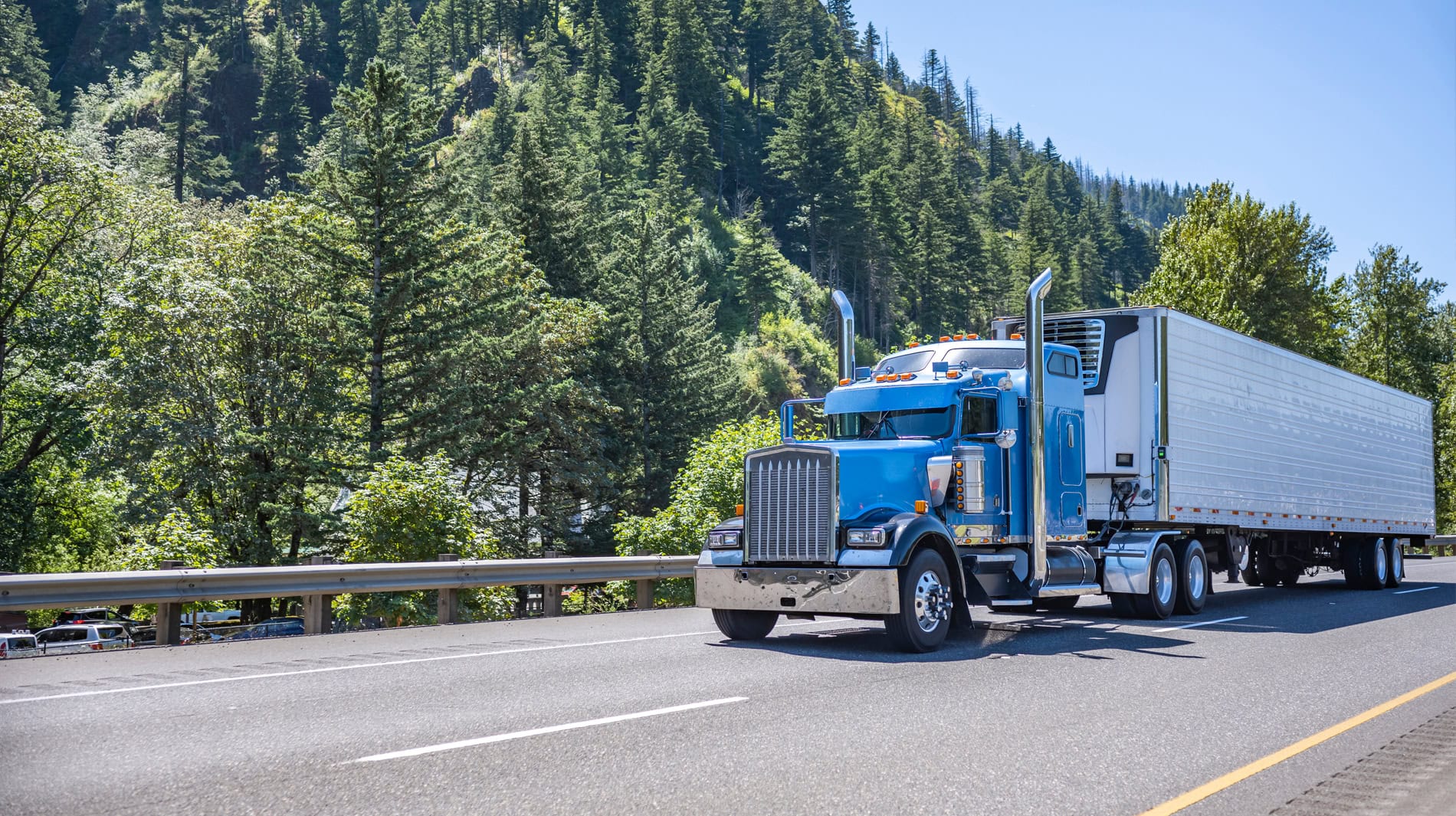

Heavy-duty trucks are the workhorses of the transportation world. They endure lengthy on-road and off-road hauls, demanding conditions, and hefty payloads on a regular basis. Their durability, comfort, and efficiency aren’t just a matter of good manufacturing; they also depend on timely equipment enhancements like suspension upgrades. Semi-trucks move roughly 72.2% of America’s freight tonnage, underscoring the substantial role these vehicles play in our economy. Improving their suspension systems leads to better load stability, enhanced safety, and longer service life of vital components. Below are ten proven upgrades that can alleviate common stressors, offer improved ride quality, and extend your semi-truck’s overall performance.
Shock absorbers are central to any heavy-duty suspension system. They regulate the impact of road vibrations and bumps, protecting both the driver’s comfort and the semi-truck’s structural integrity. In severe or extended use settings, traditional shock absorbers can wear out faster, potentially compromising the truck’s handling. Installing heavy-duty shock absorbers with superior valving and robust piston rods can significantly reduce the stress placed on chassis and axle components. By choosing top-tier products designed to handle heavier loads, you can not only smooth out bumpy highways but also ensure that the rest of your suspension system isn’t overworked. Examining your shock absorbers regularly and upgrading as needs evolve can keep ride quality high and operational costs low.
When hauling oversized cargo or consistently carrying heavier-than-average loads, a truck’s standard leaf springs may not suffice over the long haul. Reinforced leaf springs take the basic design and add extra steel layers or a stronger alloy composition to handle more weight without compromising flexibility. Many fleet operators notice their vehicles’ stance leveling out once reinforced leaf springs are installed, and the heightened support can prolong the time required between major maintenance intervals. Reinforced leaf springs are especially beneficial for semi-trucks that traverse uneven terrain or encounter sudden shifts in load distribution.
Helper springs function as an auxiliary support system, activating mainly when your semi-truck’s primary springs start to compress under extra weight. They’re popular for heavy-duty applications because they reduce rear-end sag, improve overall suspension stability, and protect other components from undue strain. Some helper spring designs are adjustable, giving drivers the ability to fine-tune their suspension based on the weight and positioning of each load.
Air suspension systems utilize air bags or air springs in place of, or in conjunction with, leaf or coil springs. They offer precise load-leveling capabilities and can adapt to substantial changes in payload weight. Air suspensions are noted not only for providing a more comfortable ride, but also for improving stability on uneven or rugged roads. In commercial operations where semi-trucks face harsh conditions day in and day out, air suspension can act as a safeguard to driver health by reducing jolts and vibrations during long hours on the road.
Stabilizer bars, also referred to as sway bars, prevent side-to-side movement of a vehicle’s chassis when it maneuvers around corners or faces lateral forces such as crosswinds. For semi-trucks, stronger stabilizer bars mean less body roll, improved handling, and additional load stability when navigating tight turns. By installing bars made from high-strength steel alloys, trucking professionals can improve traction and reduce the potential for tilt-related accidents. If your semi-truck frequently travels over mountain passes or winding highways, upgraded stabilizer bars may be a crucial component in maintaining control when response times are critical.
Torque rods and control arms keep axles from shifting under intense torque conditions, including rapid acceleration or intricate cornering. In heavy-duty vehicles susceptible to significant torque loads, factory-standard rods or arms can wear out rapidly, leading to alignment issues and uneven tire wear. Opting for beefier rods or adjustable control arms aids greatly in preserving consistent alignment, which in turn extends the life span of steering components and reduces driver fatigue. By investing in robust torque rods and control arms, fleet operators can manage vehicle handling more effectively, particularly in high-torque applications like towing or hauling oversized freight.
Although semi-trucks more commonly rely on leaf springs or a combination of leaf and air suspensions, coil springs are making their way into many modern designs. Upgrading to coils with increased load ratings and higher tensile strength can mitigate the risks of spring breakage under heavy loads. When used in conjunction with air bags or helper springs, performance coils help balance the vehicle during abrupt stops and quick lane changes. This improves both safety and comfort, key factors for drivers covering long distances.
Bushings lessen the friction between metal components such as control arms, torque rods, and stabilizer bars. The original equipment bushings are often made from rubber, which can degrade under constant exposure to heat, UV rays, and chemical spills. Upgrading to polyurethane bushings provides your semi-truck’s suspension with better shock absorption and resilience against the wear and tear of long-haul conditions. Polyurethane’s density and rigidity reduce deflection, stabilizing suspension geometry under load and during cornering. Additionally, these bushings can outlast standard rubber bushings by a substantial margin, lowering overall maintenance costs over the vehicle’s life.
Progressive rate springs are designed to become stiffer as the load or compression increases, offering a gentler ride during typical road conditions and firmer support when heavier weights come into play. This dual characteristic makes them especially appealing for semi-trucks with varying day-to-day payloads. In scenarios where the truck is lightly loaded, you won’t experience the excessive harshness sometimes associated with stiffer suspension setups. Conversely, when carrying or towing heavier freight, the spring rate ramps up, preventing the suspension from bottoming out and maintaining safer handling.
Pairing upgraded shocks and springs provides a well-rounded approach to suspension enhancements. By customizing how shocks and springs work in tandem, you can strike the best ratio of comfort and control. Some fleets opt for aftermarket kits specifically engineered to work as an integrated system, ensuring that every component was tested and tuned together. This synergy is especially advantageous for specialized trucking applications, like hauling livestock or transporting sensitive cargo where excessive vibrations can be detrimental.
Enhancing a semi-truck’s load-carrying capacity, comfort, and overall durability is well within reach through a judicious upgrade path. Each of these ten suspension improvements offers distinct, verifiable benefits, and they can all work together to deliver the stability and consistency needed for the demands of modern heavy-duty trucking. By investing in reliable components and preventive maintenance, you not only gain peace of mind on the road but also contribute to a more dependable, productive fleet for your business.
For more information about how these suspension modifications can best serve your fleet, visit our services page at Fleet Alignment Service.
 651.462.3299
651.462.3299Fleet Alignment Service
27540 Forest Blvd
Wyoming, Minnesota 55092
Hours
Mon - Thurs: 7 am - 4:30 pm
Fri: 7 am to 1 pm
Saturday: Closed
Sunday: Closed
